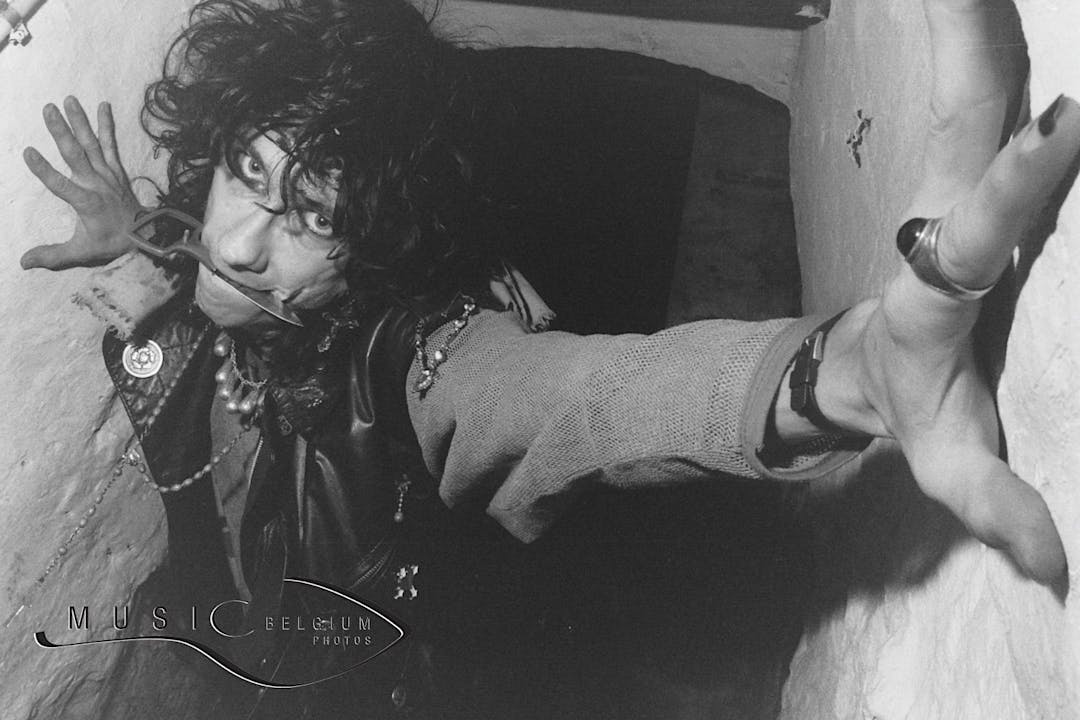
TAGTIK NEWS - TO THE POINT
How to choose a good vet for your pet?

Just as we look for a good paediatrician for our children, we also search for a good veterinarian for our beloved pet. But what makes a good vet?
There has to be a connection, that's clear. The vet must communicate well and explain each step of the treatment in detail to the owner. Veterinarian and owner must speak the same language, because in veterinary medicine, the diagnosis is partly made by talking to the owner.
How to choose a vet?
Beforehand, take a look at the practice's website: is it a single vet or a group practice with several specialists for certain animal species or conditions? Also take a look at the photos of the facilities and staff.
It is also important that the veterinary practice is not too far from your place of residence.
Fear of the vet
Feel free to visit in advance to introduce your healthy pet to the practice. For instance, let your puppy sniff around the practice without any examination or vaccination. Give the dog a cuddle and a treat; this way the animal has a positive experience and trust is built.
Important qualities of the vet: competent, patient, and friendly!
Layout of the veterinary practice
The waiting room should offer a stress-free atmosphere for the animals and their owners. It is important that 'predators' and 'prey animals' are spatially separated so that the cat is not sitting next to a parakeet.
Evaluation of veterinary practices
It is a good idea to speak with other dog or cat owners and ask them for tips on good vets. Word of mouth is usually a better way to find a suitable vet than online reviews.
(FVDV - Source: Hart voor dieren- Illustration: ©Image by Pexels from Pixabay)
LATEST NEWS

Cannes Prepares for a Tsunami

Born on October 24: Bill Wyman, the Rolling Stones' discreet bassist for three decades

Jailed Georgian and Belarussian journalists win top EU rights prize

Born October 22: Stiv Bators (Lords of the New Church), prophet of chaos

Born on October 22: Jeff Goldblum, amateur jazz musician and Hollywood star

Born on October 21: Manfred Mann still lives on planet Earth Band
Quick links